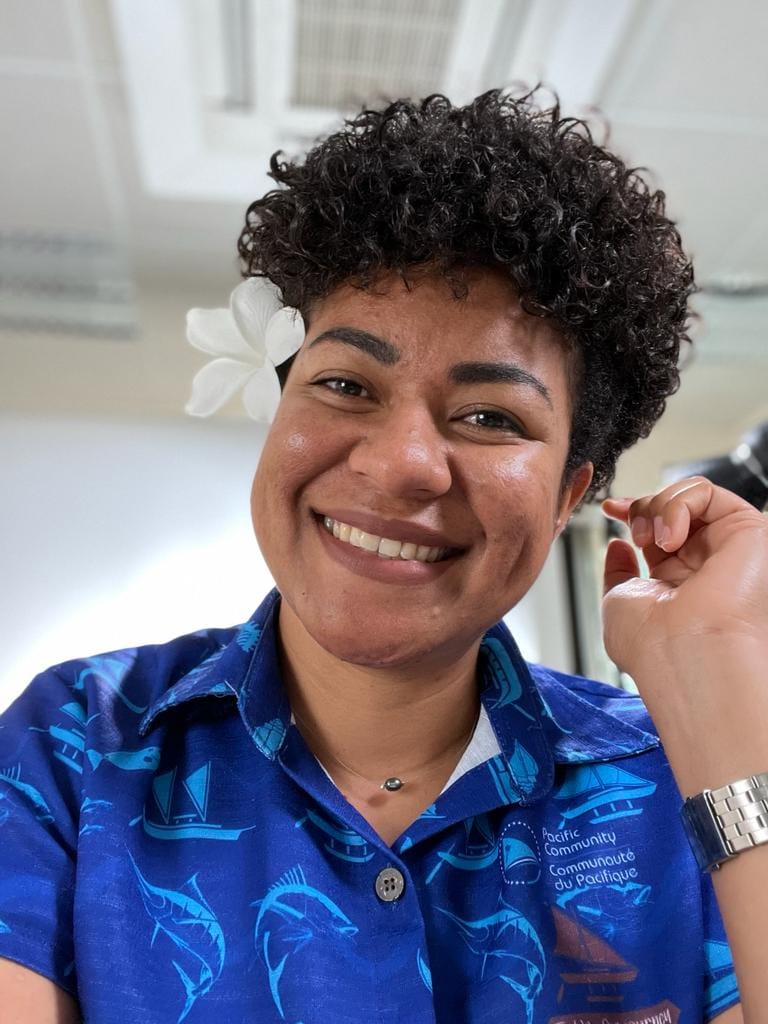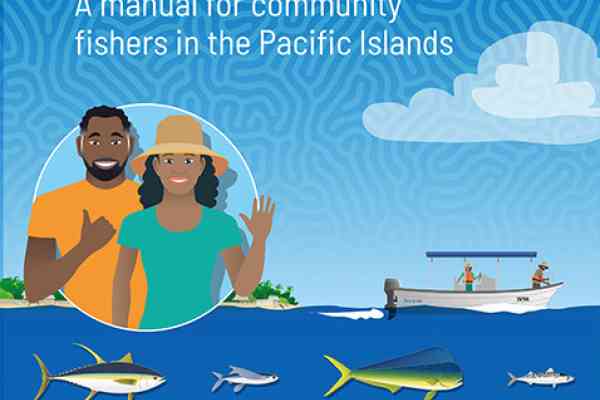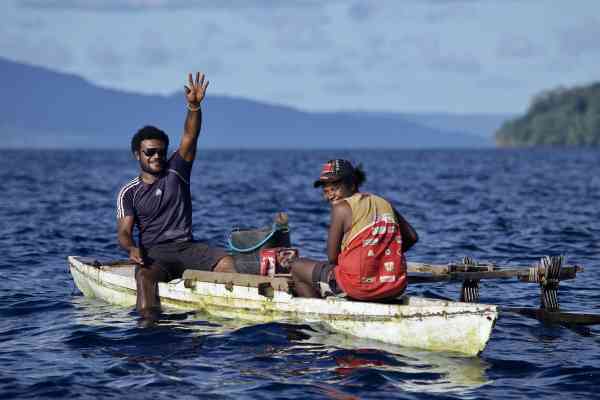The Western Central Pacific Fisheries Commission (WCPFC) Scientific Committee (SC) gathers annually, standing as one of the two pillars supporting the annual assembly of the WCPFC in December. As at its first meeting in 2005, the SC continues to deliver the most current and robust scientific insights to underpin effective conservation and management strategies for the four key tuna species in the Western and Central Pacific Ocean, home to the world’s largest tuna fishery. With contributions from the Pacific Community’s (SPC) fisheries scientists and various technical experts from the WCPFC member countries and territories. The SC works alongside the Technical and Compliance Committee (TCC), advising the Commission for well-informed decision-making. This year, the 19th meeting of the SC was hosted by Palau from the 16th to the 24th of August in Koror, Palau.
Could you share why this meeting holds such significance for assessing Pacific tuna stocks?

Raijeli: The Scientific Committee of the WCPFC annual meeting– also called “the SC”- is crucial for sustainable fisheries management in the Western and Central Pacific Ocean (WCPO). Tuna stocks in our region are vital for ecological balance and the economic and social well-being of coastal and sovereign states, especially Pacific Island countries and territories. During this meeting, scientists, managers, and experts from partner organisations and non-governmental organisations assess the health of tuna stocks in the WCPO and develop recommendations for the Commission meeting at the end of the year. These recommendations are critical to guide tuna conservation, thereby ensuring not only the sustained economic and social benefits from tuna fisheries but also the role of tuna in a healthy marine ecosystem.
I think the 19th Session of the WCPFC Scientific Committee meeting was especially significant as it reviewed the 2023 stock assessments for WCPO bigeye and yellowfin tuna developed by SPC, further informing their status and sustainable management advice.
Could you explain to someone who might not be well-versed in scientific matters what the WCPFC Scientific Committee is and what its objectives are.?
Jemery: The WCPFC Scientific Committee (SC) has representatives from each Commission member, and it meets only once a year to provide scientific advice to the WCPFC. The SC reviews stock assessment results for tuna and tuna-related species and related information prepared by SPC and other technical experts and makes recommendations for conservation and management actions based on these assessments. It also discusses the available data and improves our understanding of the Pacific Ocean ecosystem and the potential impacts of climate change, all of which contribute to scientific advice for management decision-making. So, in short, it is a big group of interested and passionate people who get together once a year and talk a lot about tuna and tuna fisheries.
Could you share some insights into what SPC presented at the meeting and describe the internal process behind it?
Jemery: SPC presented a whole range of informative scientific papers to SC19 this year, from huge stock and assessment reports to advice on harvest strategies and managing drifting fish aggregating devices (FADs). This is the culmination of months of hard work, and while probably nobody has time to read all the papers submitted, the SC and external interests in the science and technical information are extensive. There is usually something of interest to everyone!
This work tends to start slowly and methodically and then proceeds at pace towards a mad frenzy of activity, with whole teams of people ending up working at a fever pitch towards the deadline at the end of July. There is usually intense scientific debate and gnashing of teeth in the process. Once this best-available inter-governmental science has been produced, SPC staff then have to present the work to the SC plenary and respond to questions to satisfy SC that it is indeed the best scientific advice available, which should be adopted and passed on to the WCPFC meeting in December. It is all with the aim of providing the best possible guidance on managing the world’s largest tuna fishery.

Were there any specific moments, quotes, individuals, or sessions that made a lasting impression on you?
Raijeli: I was fortunate to have attended the SC19 as part of SPC's delegation and found it to be a remarkable experience, being my first in-person SC meeting. I participated in six out of the eight meeting days, where I was particularly impressed by the various presentations, discussions, and member positions. However, the most memorable moment was when I presented Working Paper 5 on “Developing Management Procedures for South Pacific albacore”. This was a proud and significant moment for me as a fisheries officer, a Pacific Island Fisheries Professional, a woman, a Fijian, a daughter of the Pacific, and someone aiming to make a meaningful contribution to my field of work.
Raijeli Natadra is a Pacific Island Fisheries Professional (PIFP) on tuna Harvest Strategies at SPC. Born and raised in Fiji, she is a career civil servant, having spent nine years in the Fiji Ministry of Fisheries’ Offshore Fisheries Management Division as a Fisheries officer. She was at SPC from November 2022 to November 2023 and is now back in her position in Fiji.
Jemery Day was a professional juggler and unicyclist, perfect training for his current position as a fishery scientist at SPC, where a combination of poise and balance amidst a certain amount of chaos is always highly sought. Jemery led the 2023 bigeye tuna stock assessment and presented it with a certain panache at SC19 in Palau. Jemery has been at SPC since March 2022, following many years as an assessment scientist at CSIRO in Australia.



